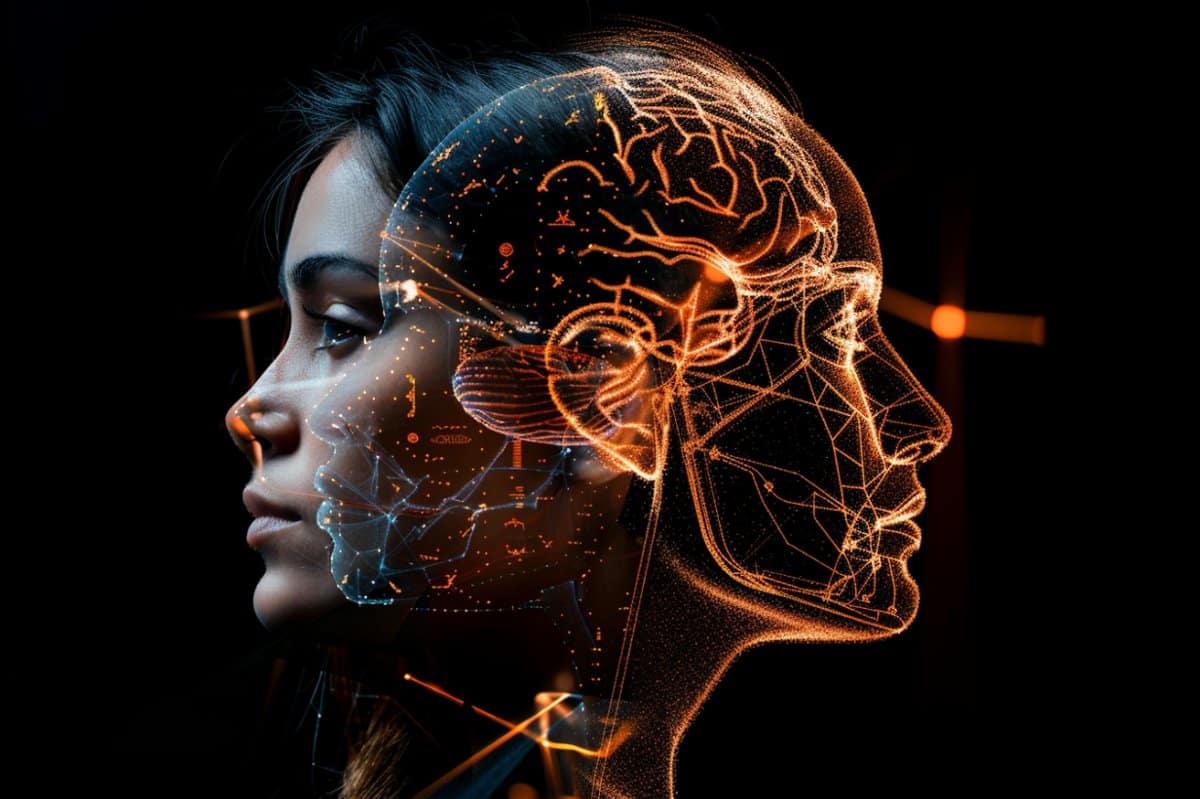Abstract: A groundbreaking artificial intelligence model developed by researchers accurately identifies the sex of individuals based on brain scans with a success rate exceeding 90%. This advancement reinforces the presence of significant sex-based differences in brain organization, challenging longstanding debates. The AI model, focusing on dynamic MRI scans, pinpointed specific brain networks—such as the default mode, striatum, and limbic networks—as pivotal in distinguishing male from female brains. This study not only enhances our comprehension of brain development and aging but also introduces novel prospects for addressing sex-specific vulnerabilities in psychiatric and neurological disorders.
Key Points:
-
Remarkable Accuracy in Sex Determination: The AI model’s capability to differentiate between male and female brain scans with over 90% accuracy underscores inherent sex variances in brain structure.
-
Identification of Crucial Brain Networks: Explainable AI tools highlighted the default mode network, striatum, and limbic network as essential regions crucial for the model’s analysis in discerning the sex of brain scans, emphasizing their roles in cognitive functions and behaviors.
-
Implications for Personalized Medicine: The results indicate that recognizing sex disparities in brain organization is vital for tailoring treatments for neuropsychiatric conditions, paving the way for personalized medicine strategies.
Source: Stanford
A recent study by Stanford Medicine researchers introduces a novel artificial intelligence model that successfully determined whether brain activity scans originated from a male or female with an accuracy exceeding 90%. This discovery, set to be published on Feb. 19 in the Proceedings of the National Academy of Sciences, addresses the ongoing debate surrounding the existence of reliable sex-based brain differences and underscores the importance of understanding these distinctions in treating neuropsychiatric conditions affecting men and women differently.
The team explored the possibility of creating a model predicting participants’ performance on cognitive tasks based on distinct functional brain features between genders. Dr. Vinod Menon, professor of psychiatry and behavioral sciences and director of the Stanford Cognitive and Systems Neuroscience Laboratory, emphasized the critical role of sex in human brain development, aging, and the manifestation of psychiatric and neurological disorders.
The model’s success in distinguishing male and female brains was attributed to its focus on key brain networks such as the default mode network, involved in processing self-referential information, and the striatum and limbic network, associated with learning and reward response.
The study refrains from delving into the origins of sex-related brain differences, whether influenced by early life stages, hormonal variations, or societal factors. Leveraging advancements in artificial intelligence and access to extensive datasets, the researchers employed a deep neural network model to classify brain imaging data, showcasing superior performance in discerning sex disparities in brain organization.
By utilizing explainable AI, the team identified the primary brain networks pivotal in the model’s decision-making process when distinguishing between male and female brain scans. Additionally, they developed sex-specific models predicting cognitive performance, unveiling the behavioral implications of distinct functional brain characteristics between sexes.
The study, funded by various institutions including the National Institutes of Health, sheds light on the robust influence of sex on human brain organization, providing a foundation for future research on sex-specific vulnerabilities in neuropsychiatric disorders.
About the Author: Erin Digitale
Source: Stanford
Contact: Erin Digitale – Stanford
Image: Image credited to Neuroscience News
Original Research: Forthcoming publication in PNAS










